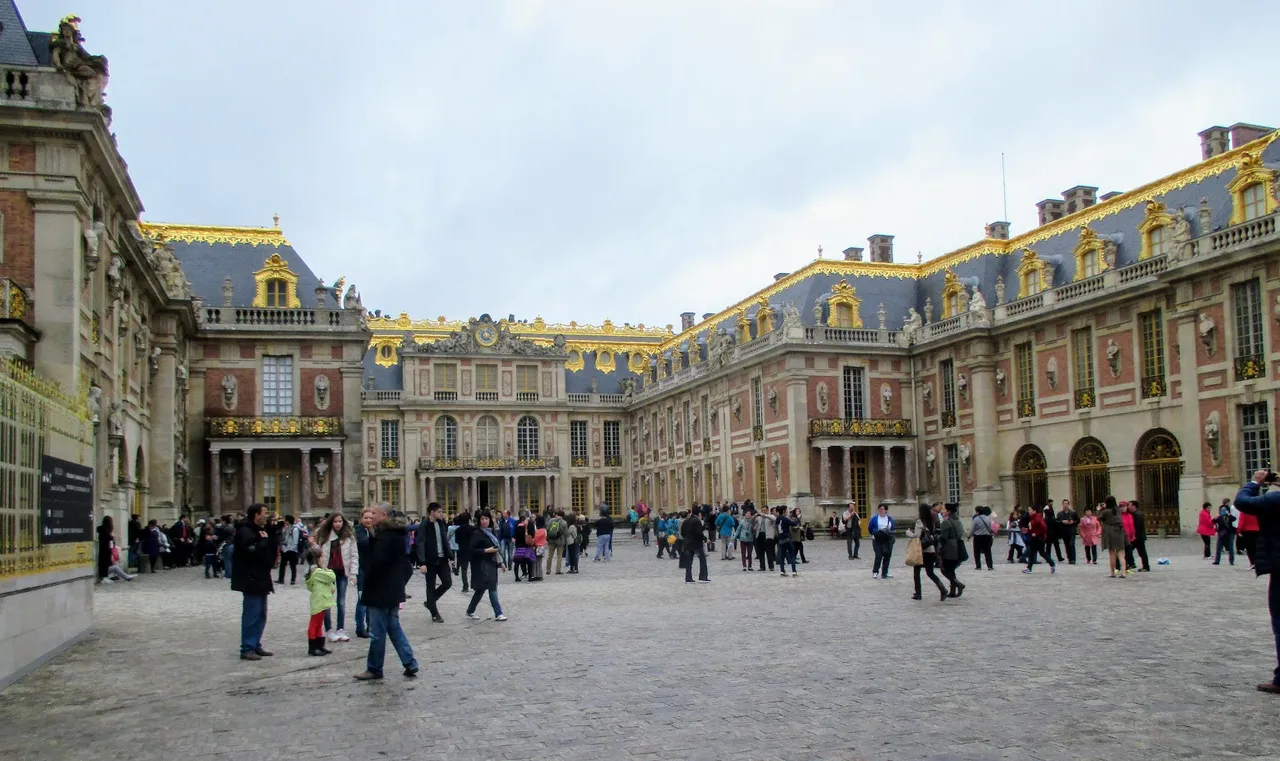
The Palace And Estate of Versailles are located in the City of Versailles, approximately 16 km from Paris. Our day trip to Versailles begun with a train ride, I loved the huge windows which allowed me to enjoy the scenery.
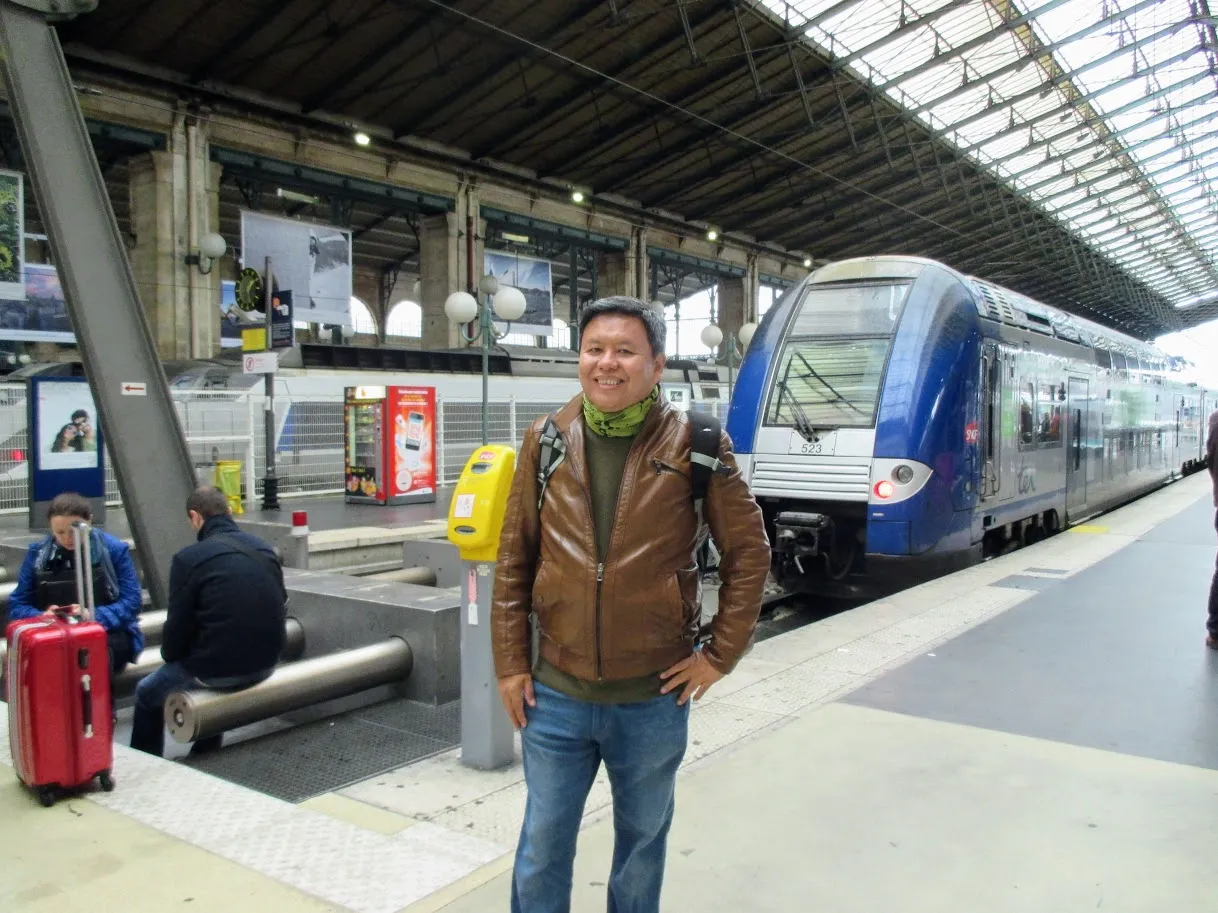
[//]:# (!pinmapple 48.800105 lat 2.130508 long Magnificence of Versailles Palace And Estate d3scr)

The Palace
The historic home served as a hunting lodge and personal retreat for Louis XIII (reigned 1610–43). The King commissioned Jacques Lemercier to build a château on the site in 1624. Its outside facade, which overlooks the Marble Court, has been kept intact. Louis XIV, son of Louis XIII later established the Court and government here in 1682.
The Palace of Versailles has been a UNESCO World Heritage Site for 30 years and is considered one of the most important works of art from the French 17th century. This magnificent Palace accommodates 2,300 rooms in a total area of 63,154 m2.
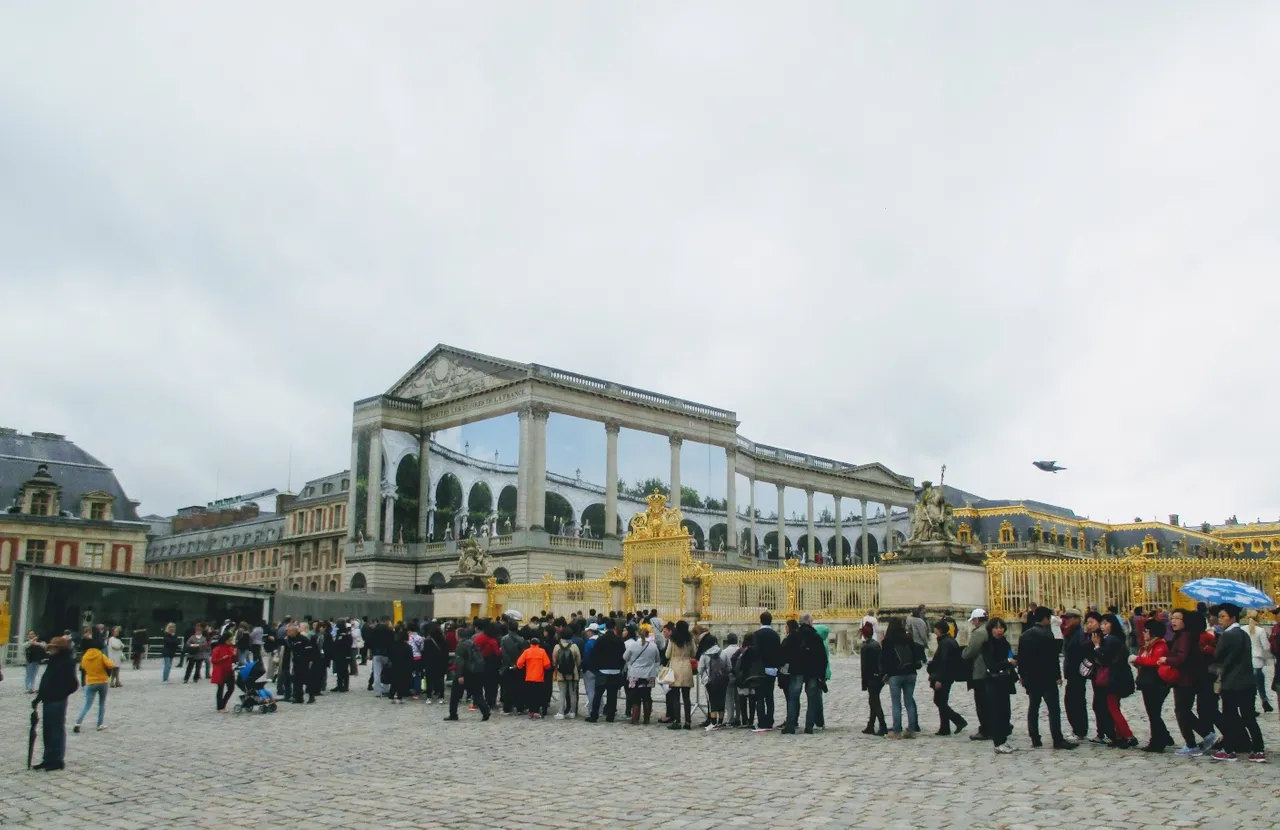
Despite arriving early in the morning, the Place d'Armes, a large plaza located just outside the Palace was already full of visitors.
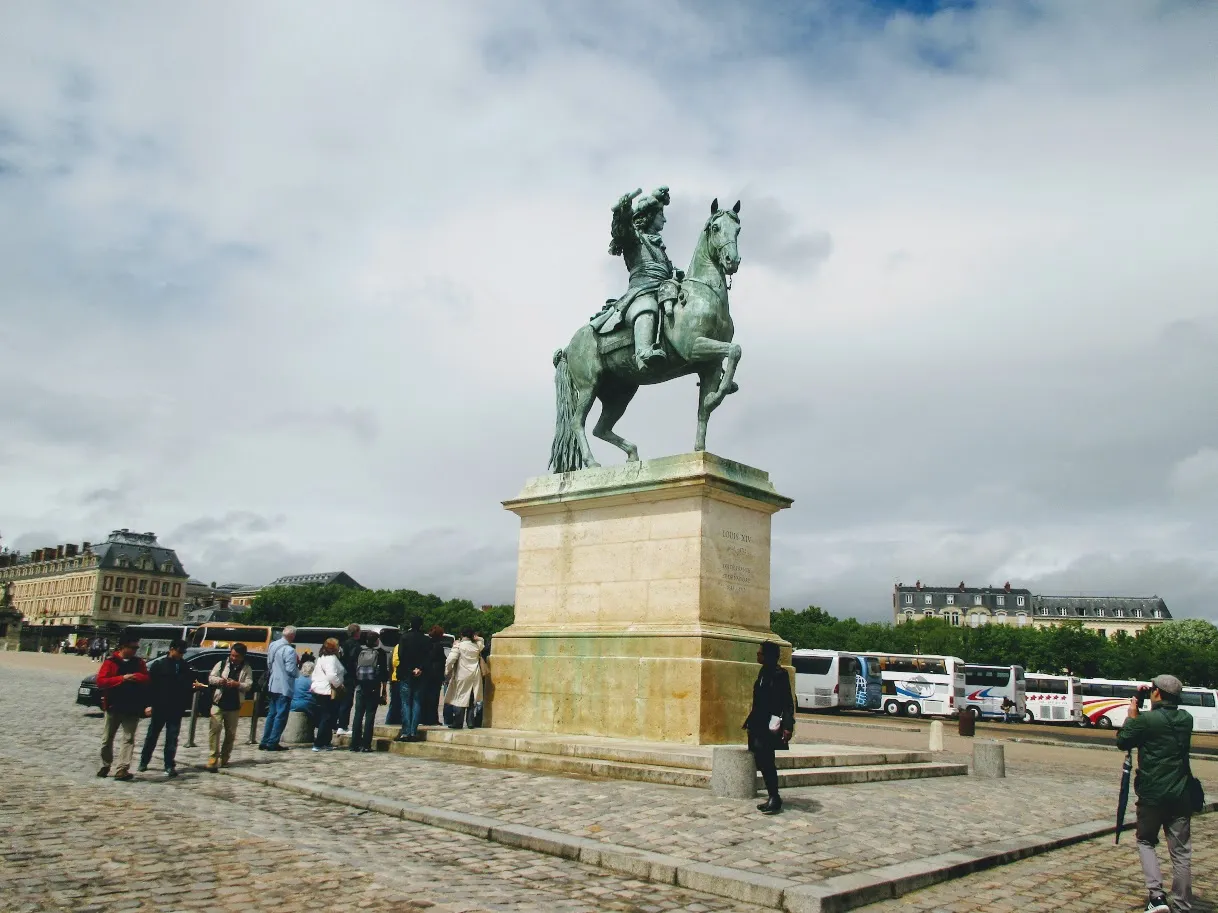
A bronze equestrian statue of Louis XIV stands in the center of the Place d'Armes, facing the Avenue de Paris. The tour buses are parked at one end of the Plaza.
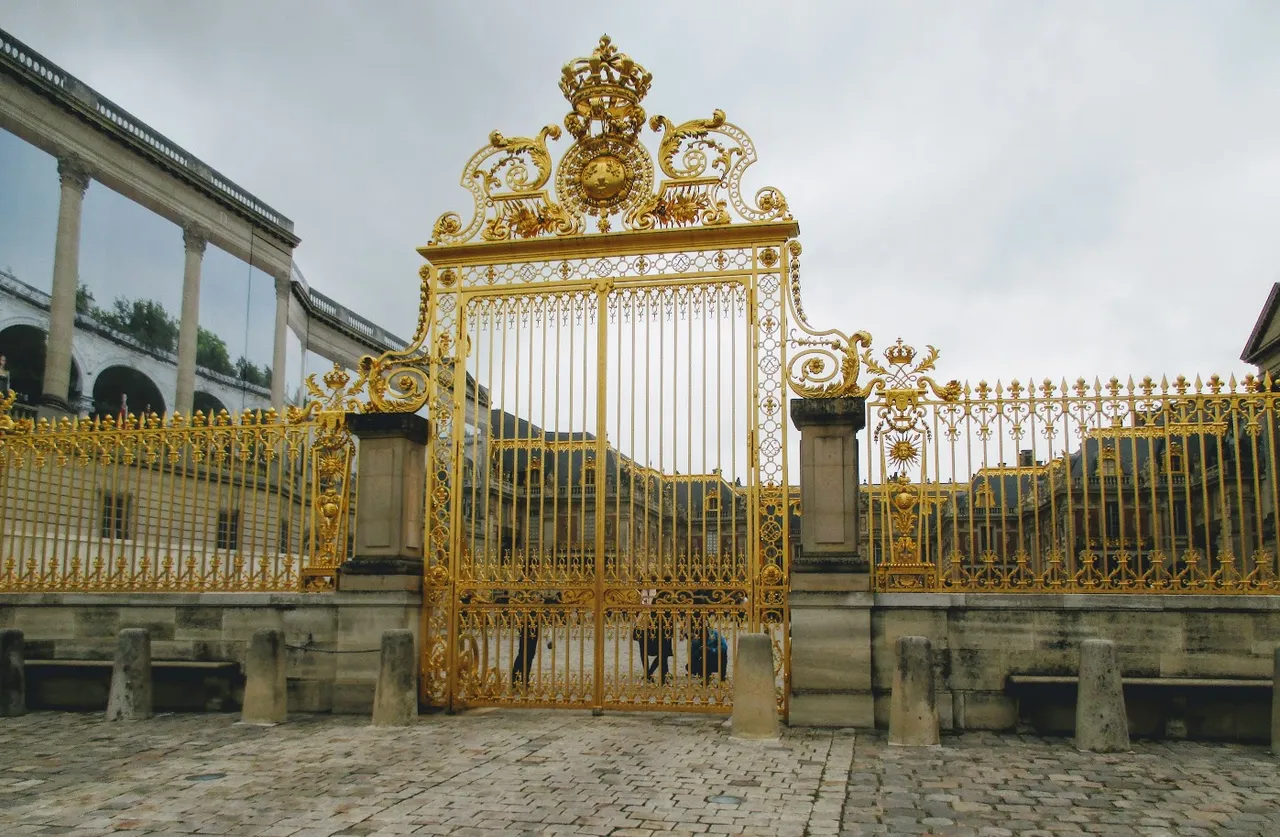
The Gate of Honour, a gilded iron gate with a stone balustrade that marks the main entrance to the royal complex, is located to the west.
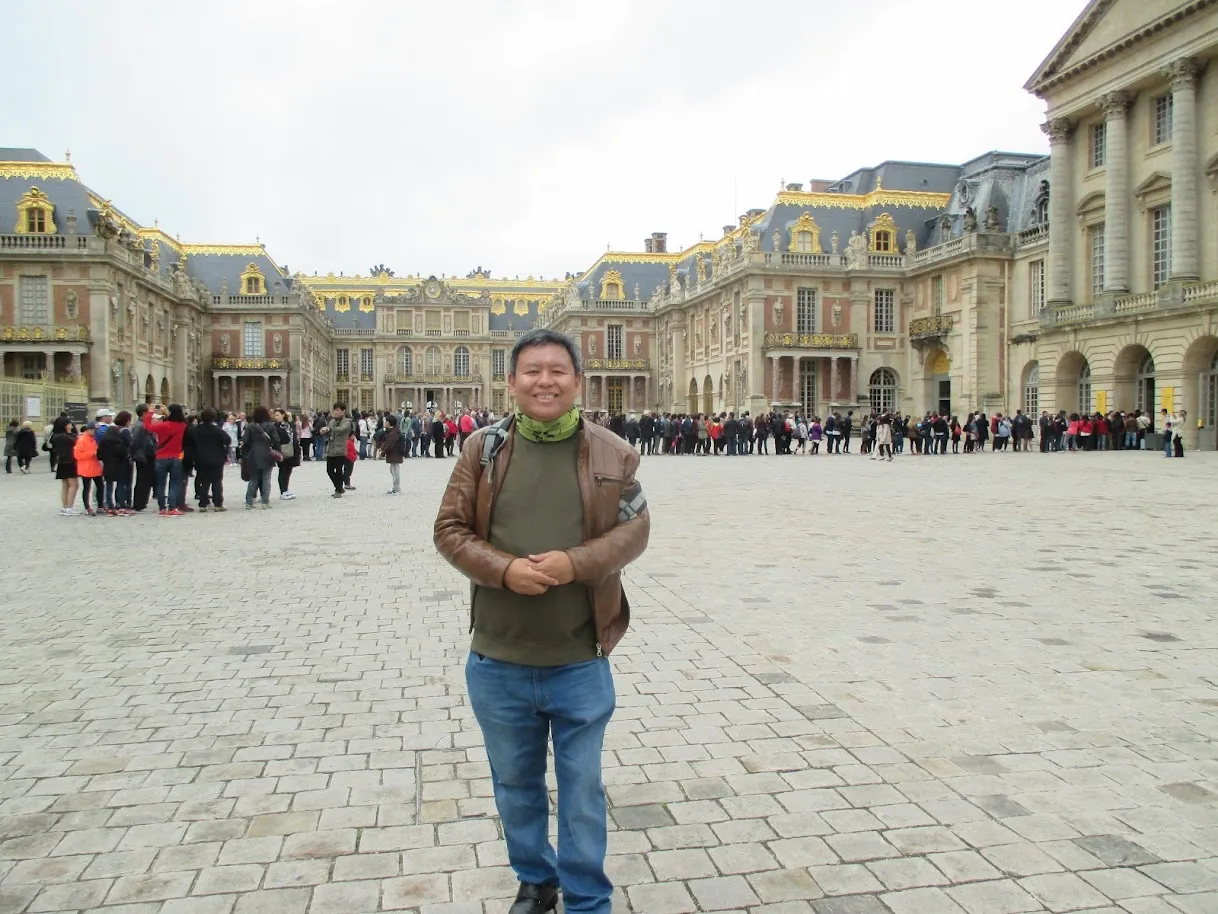
Standing in front of the Royal Court of the Palace.
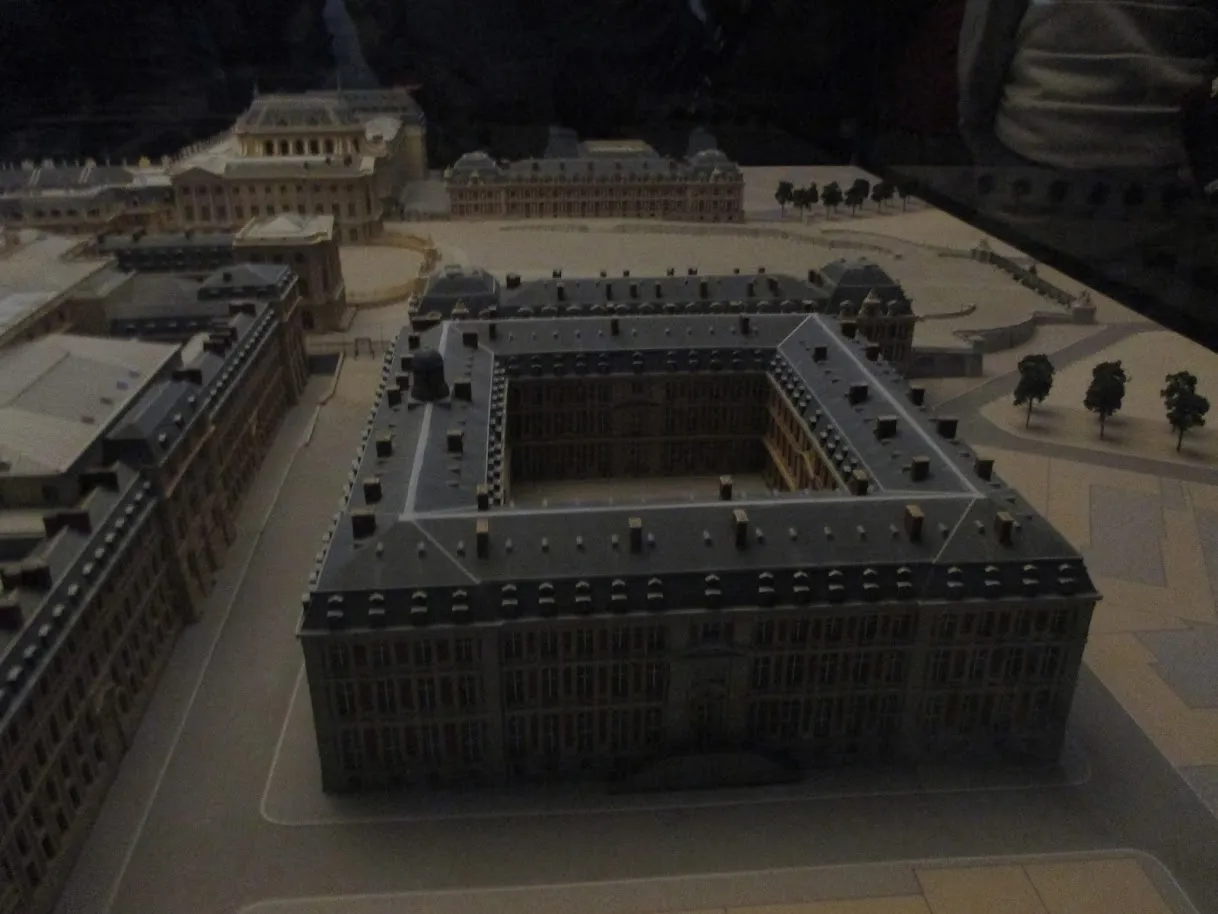
A model of the estate.
By decree of King Louis-Philippe, who ascended to the throne in 1830, the Palace was transformed into the Museum of French History in 1837. The Palace's chambers were then devoted to hosting new collections of paintings and sculptures depicting famous personalities and significant events in French history. These collections were expanded until the early twentieth century, and the Palace rediscovered its historical role when the entire central section was restored to the appearance it had as a royal residence, thanks to the influence of its most eminent curator, Pierre de Nolhac.
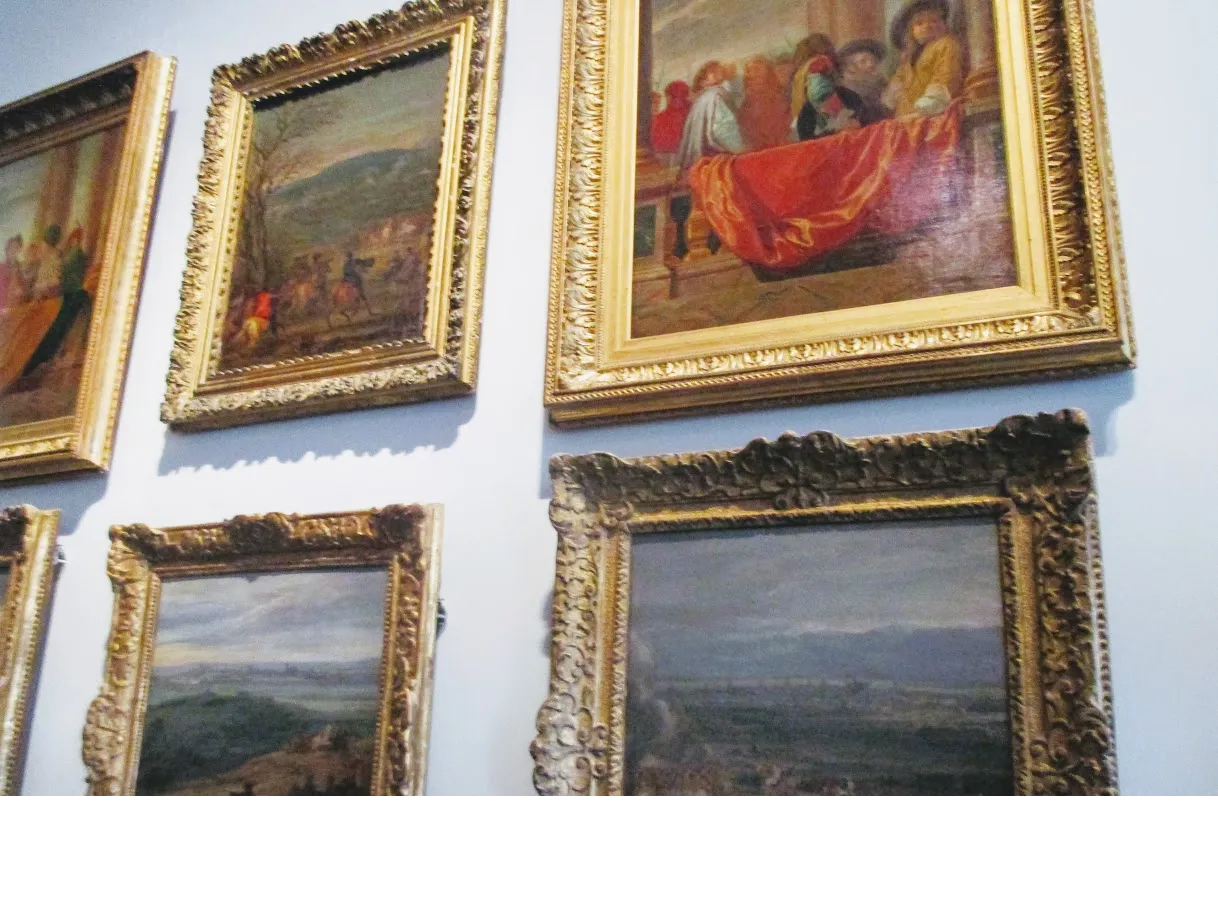
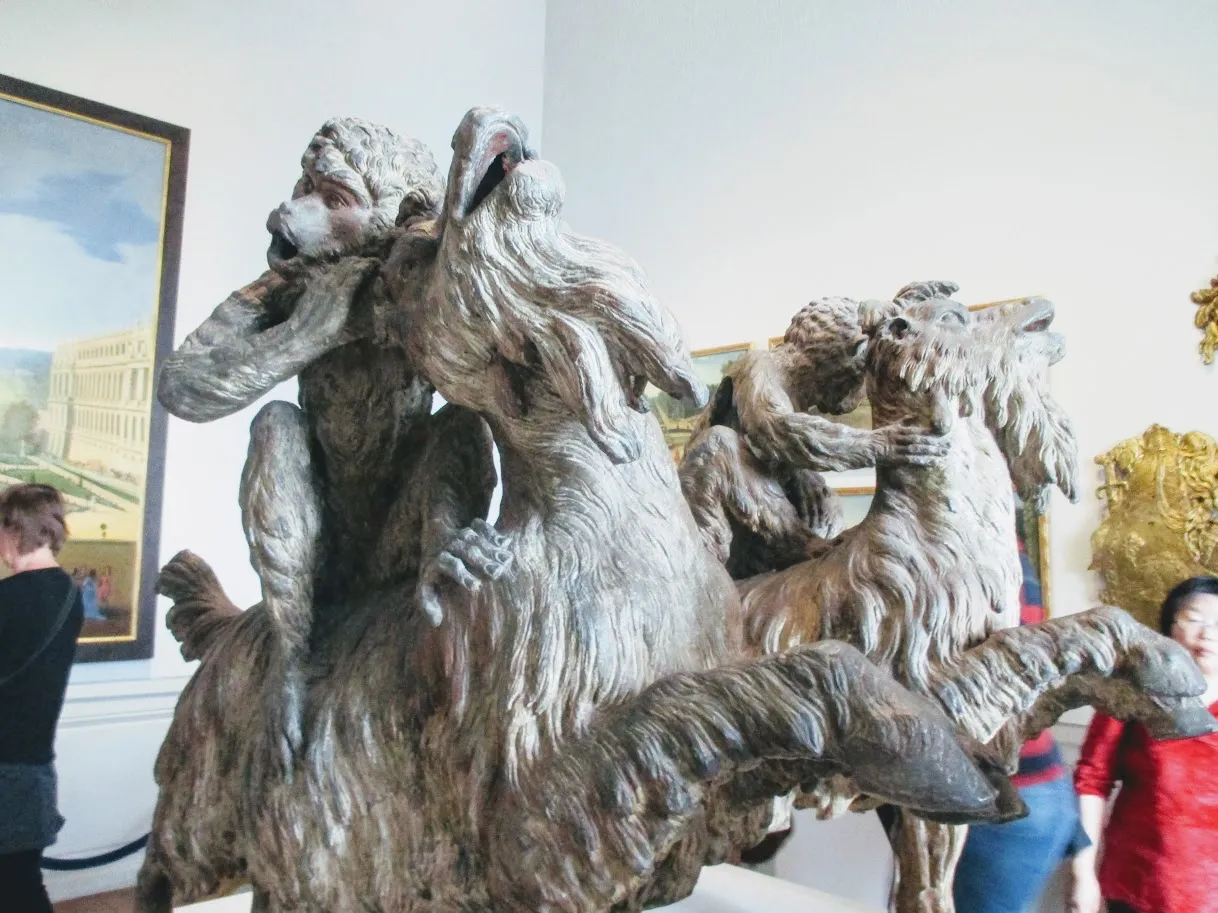
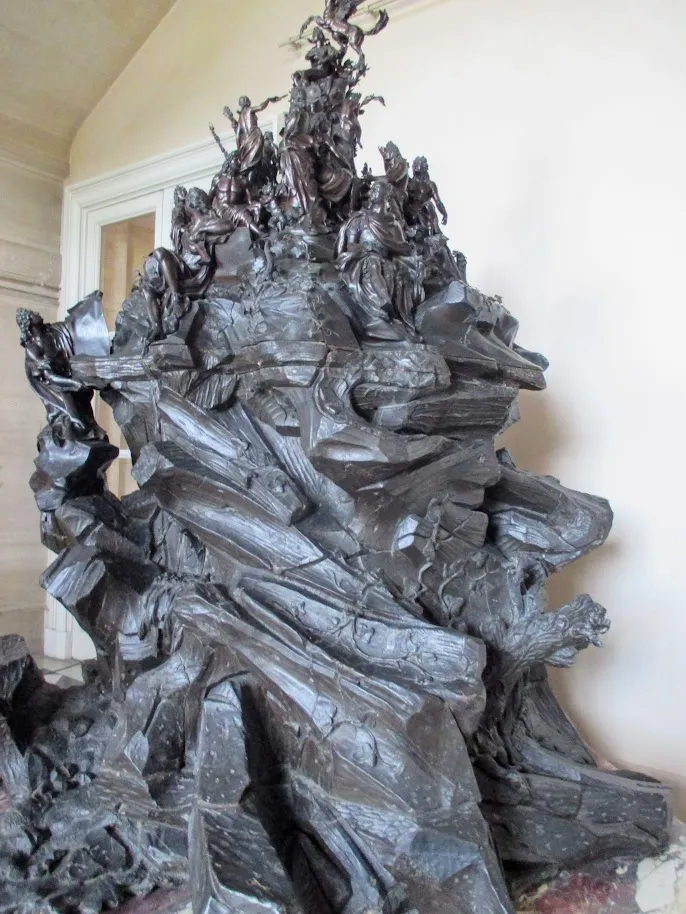
The Marble Court is located behind the Royal Court and is named after the black and white marble tiles that cover the terrace floor. Hundreds of marble busts depicting Roman deities and emperors can be found here.
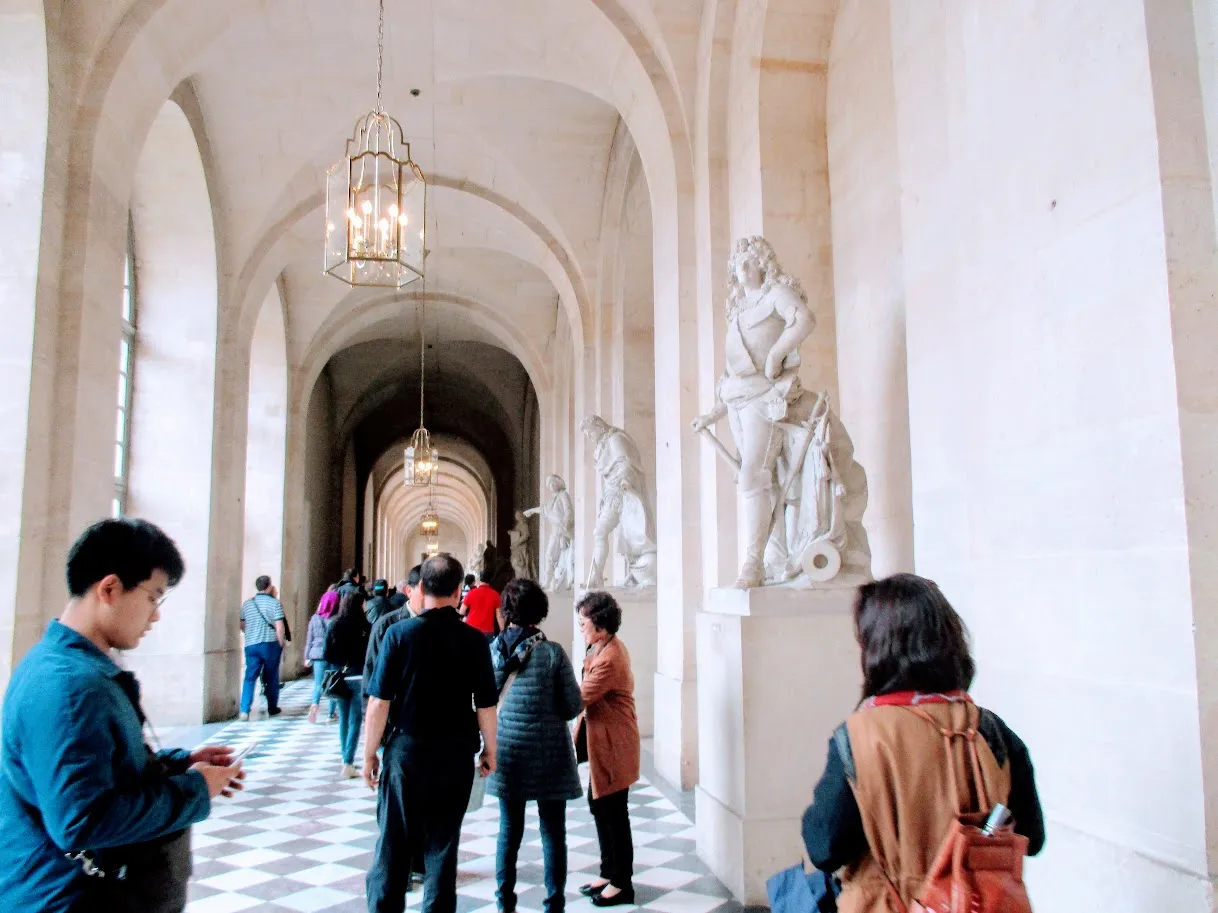
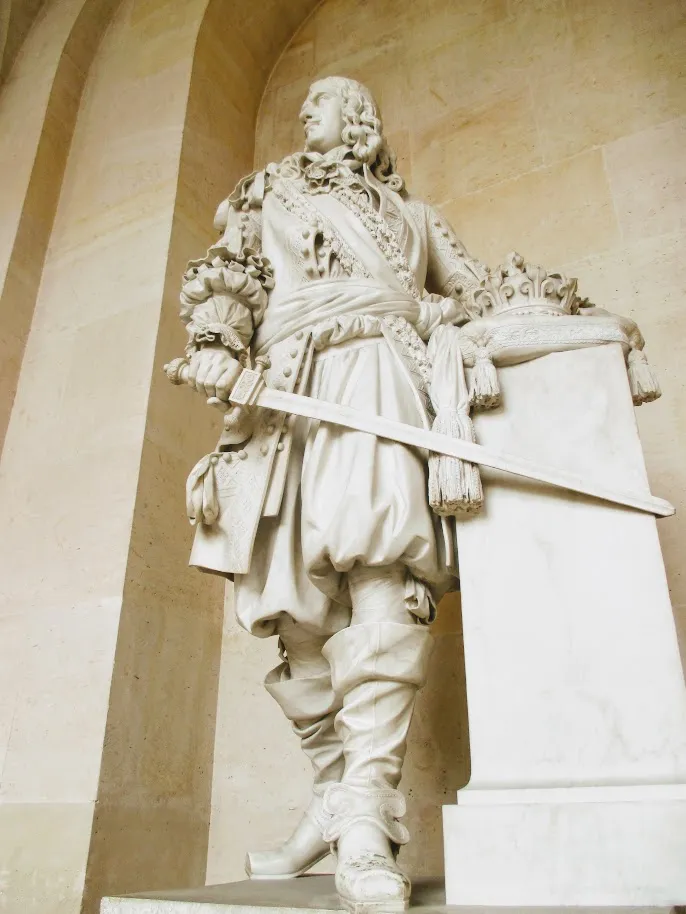

The palace chapel, located in the north wing, towers over the rest of the grounds. It was Hardouin-last Mansart's last work, which he began in 1699. Another architect Robert De Cotte finished the chapel in 1710. It was used for daily masses, royal marriages (including that of Louis XVI and Marie-Antoinette), and baptisms until 1789.
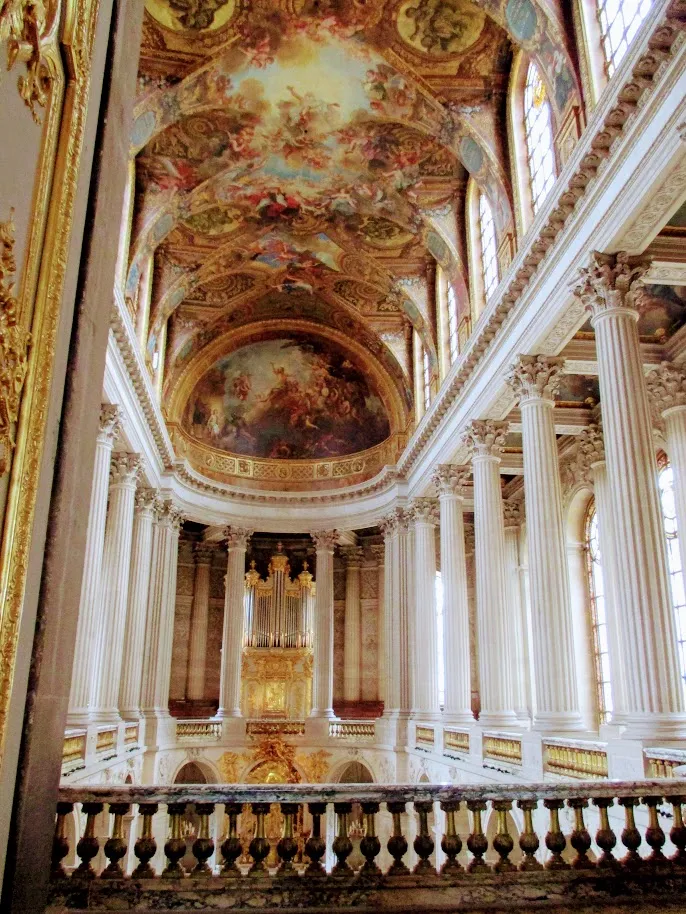
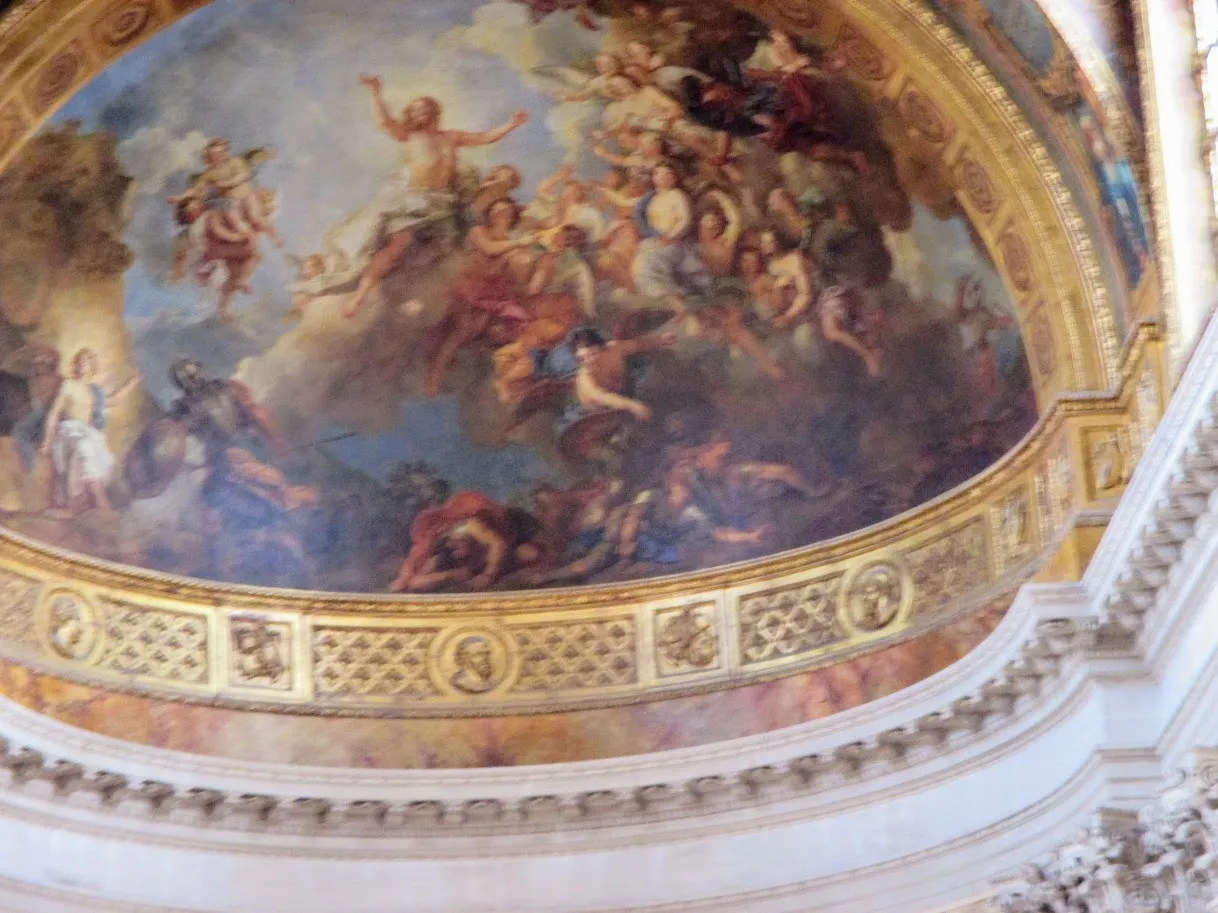
A close-up of the painting on the ceiling drawn by Antione Coypel.

The ground floor of the central building was set aside for royal family members. On the ground floor, you'll also find Marie-Antoinette's private rooms and the captain of the guard's residential quarters. This part of the Palace was rather dim and since flash photography was not allowed, the photos did not turn out so well.
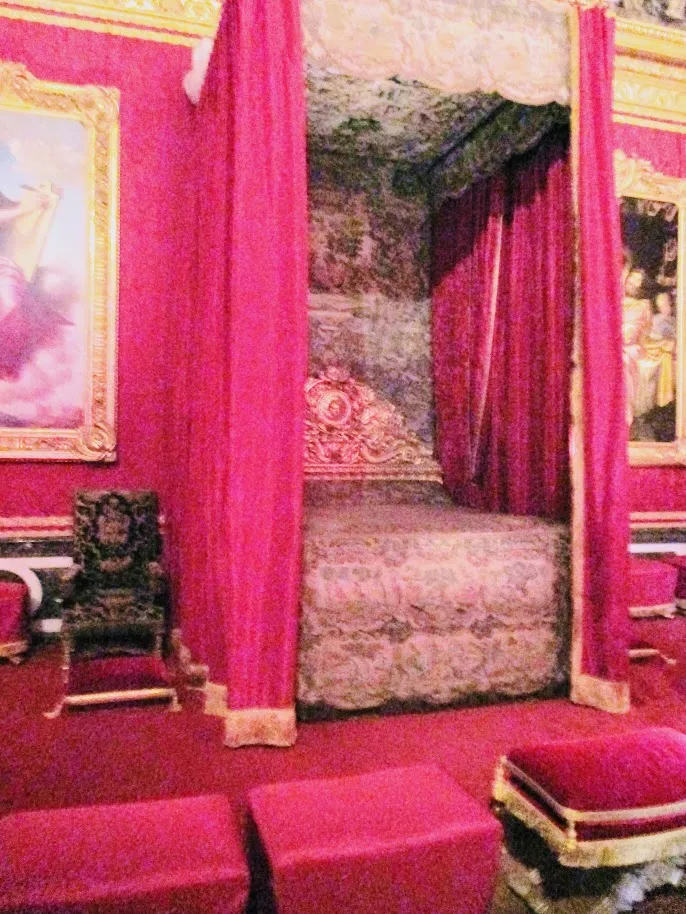
The bed that Marie-Antoinette slept on.
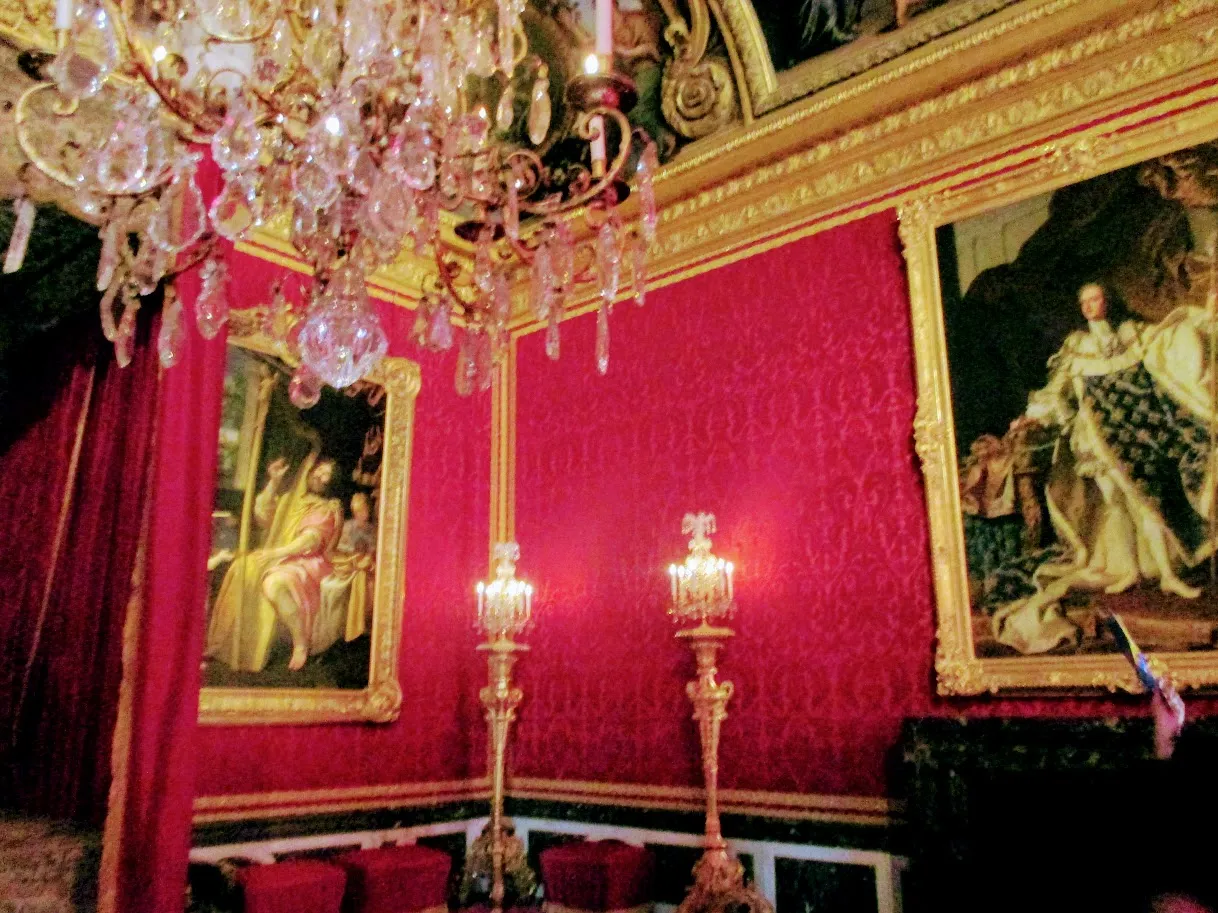
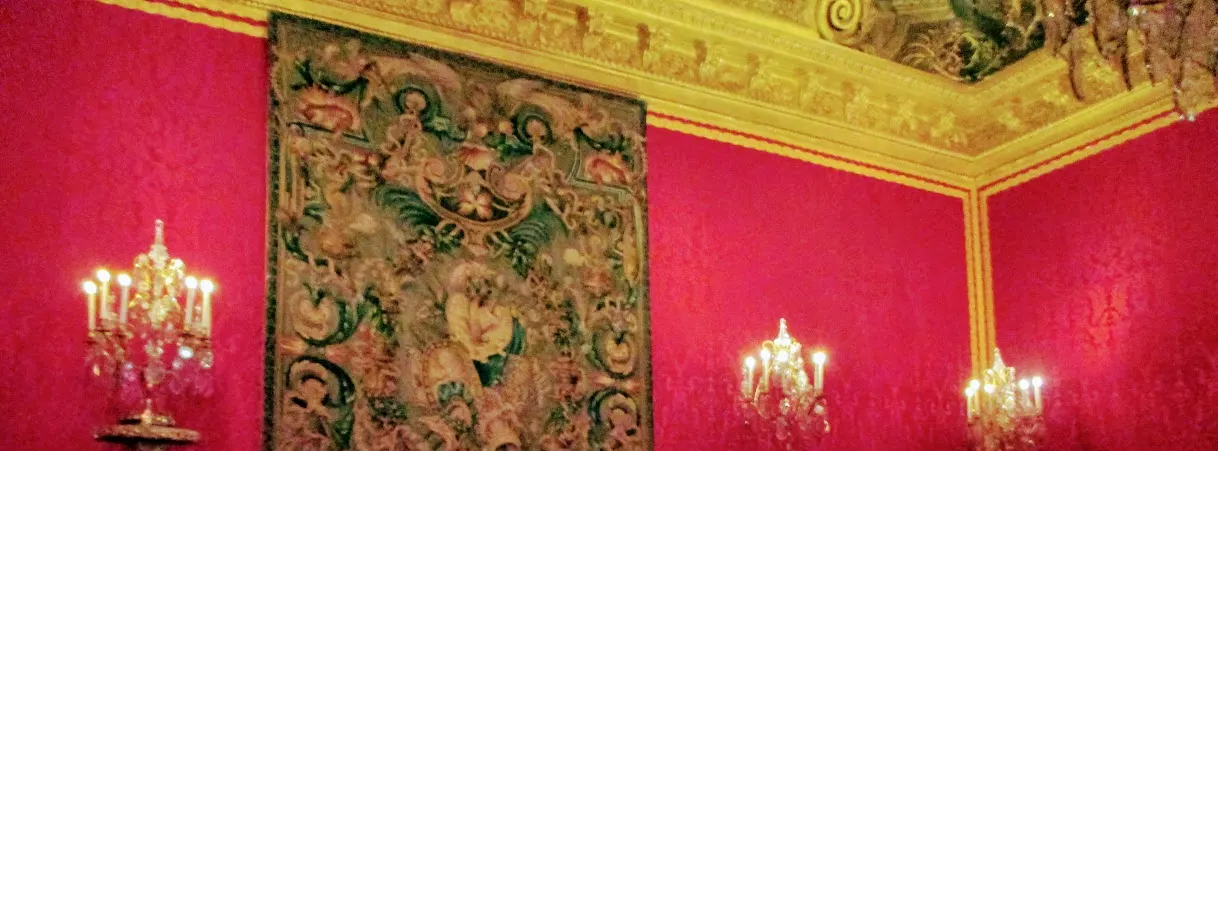
My personal favorite place in the Palace is definitely the mesmerizing Hall of Mirrors. The gallery is more than 70 meters long, with 17 huge arcaded mirrors facing 17 windows that gaze out over the gardens below. The arching, ornately painted ceiling, in which Le Brun displayed a series of 30 vignettes commemorating the early years of Louis XIV's reign, is adorned with glass chandeliers. Its marble walls are surrounded by gilded statues and reliefs.
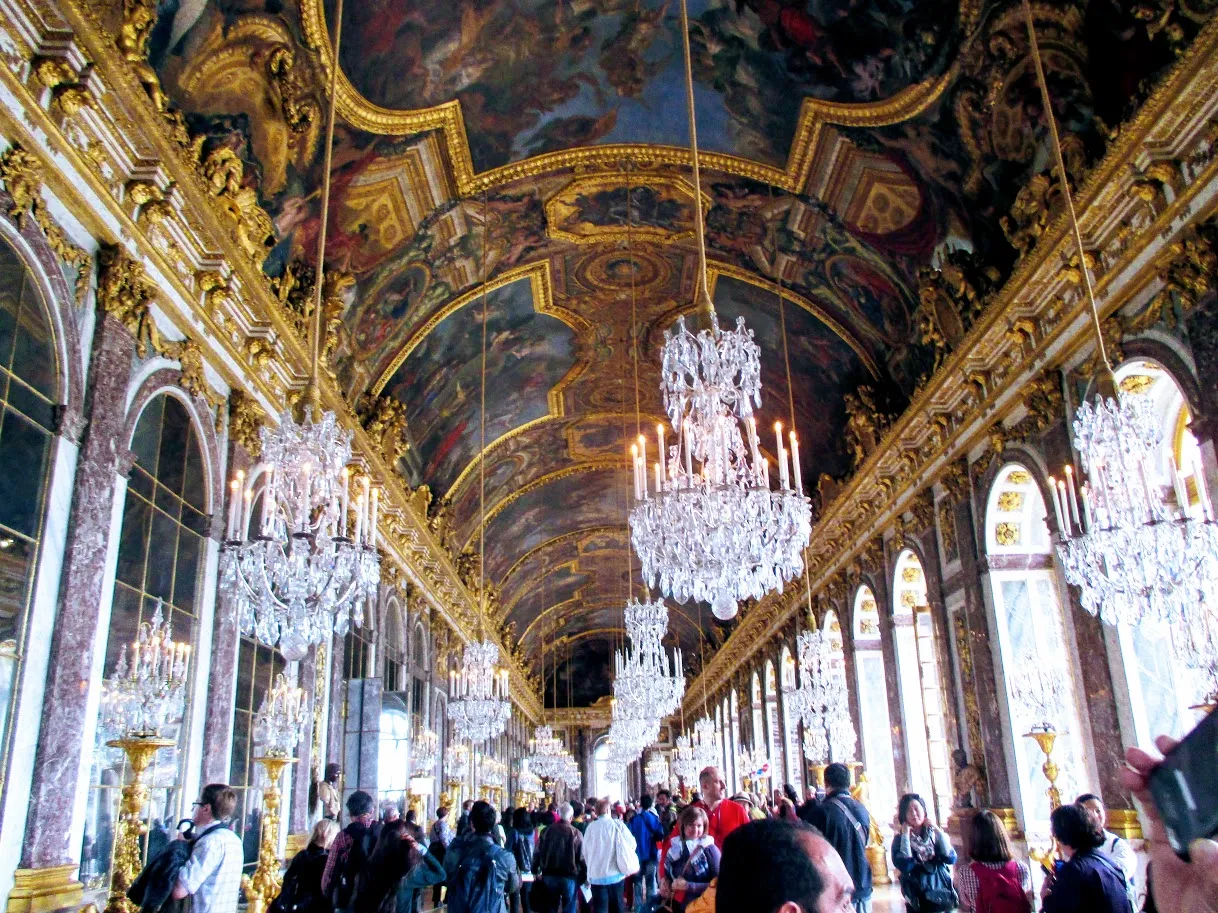
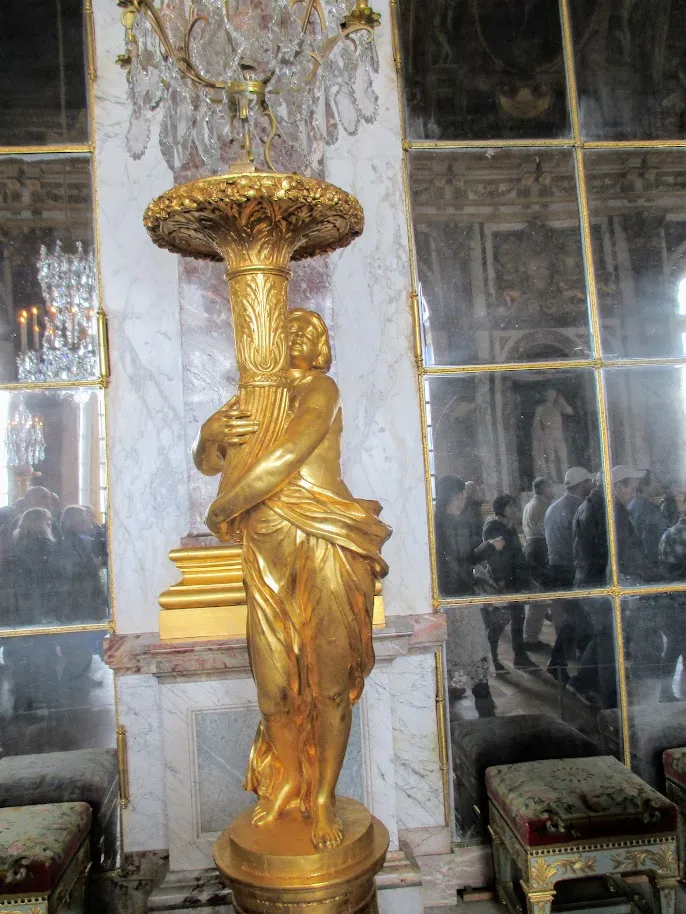

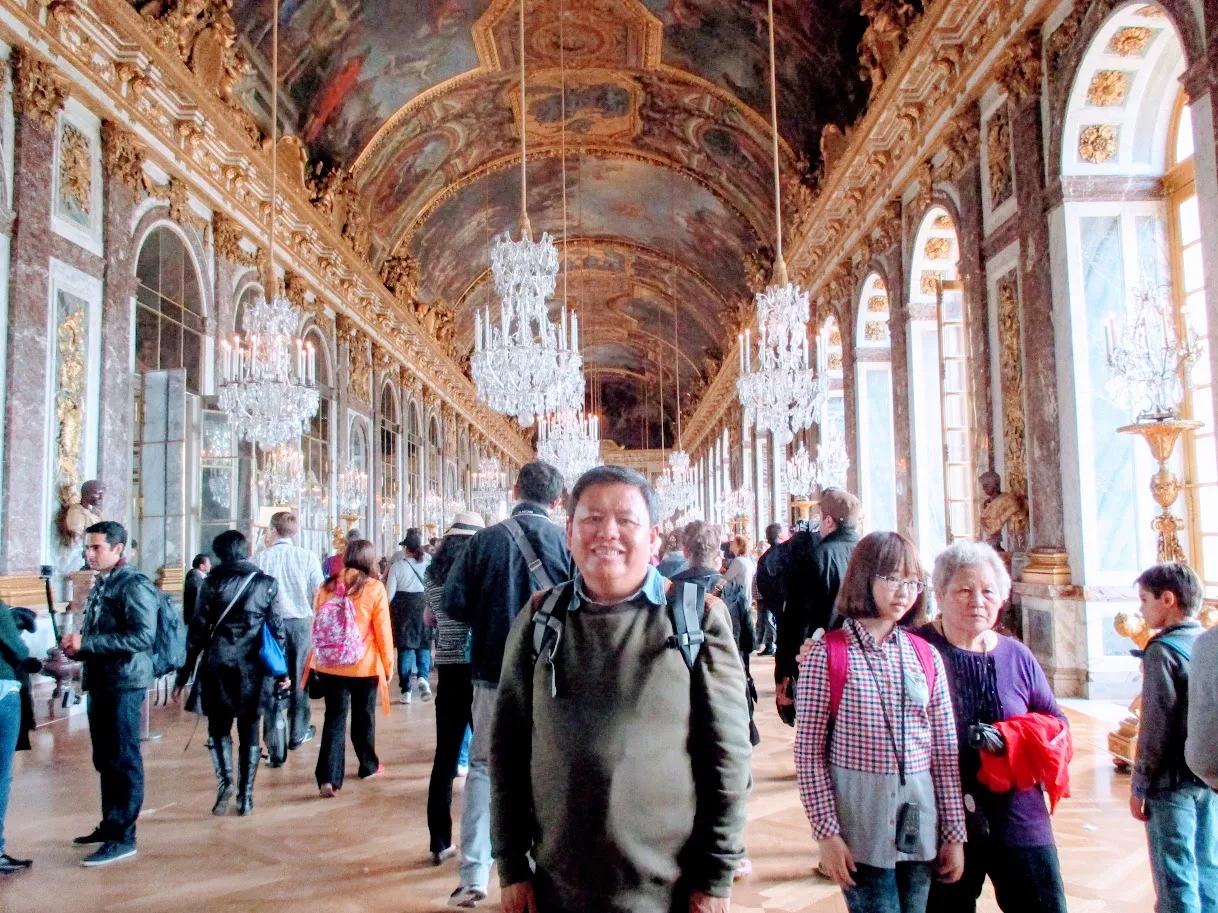
The Gardens
My first sight of the Gardens was from the huge windows located in the Hall Of Mirror. In 1661, Louis XIV tasked André Le Nôtre with designing and renovating Versailles' gardens, which he regarded as essential to the Palace. The gardens were built at the same time as the palace and took about 40 years to complete. During this time, André Le Nôtre worked with people like Jean-Baptiste Colbert, the King's Superintendant of Buildings from 1664 to 1683, who help to oversee the project, and Charles Le Brun, the King's First Painter, who gave the sketches for many of the sculptures and fountains. Last but not least, the King himself scrutinized each project, wanting to examine every detail.

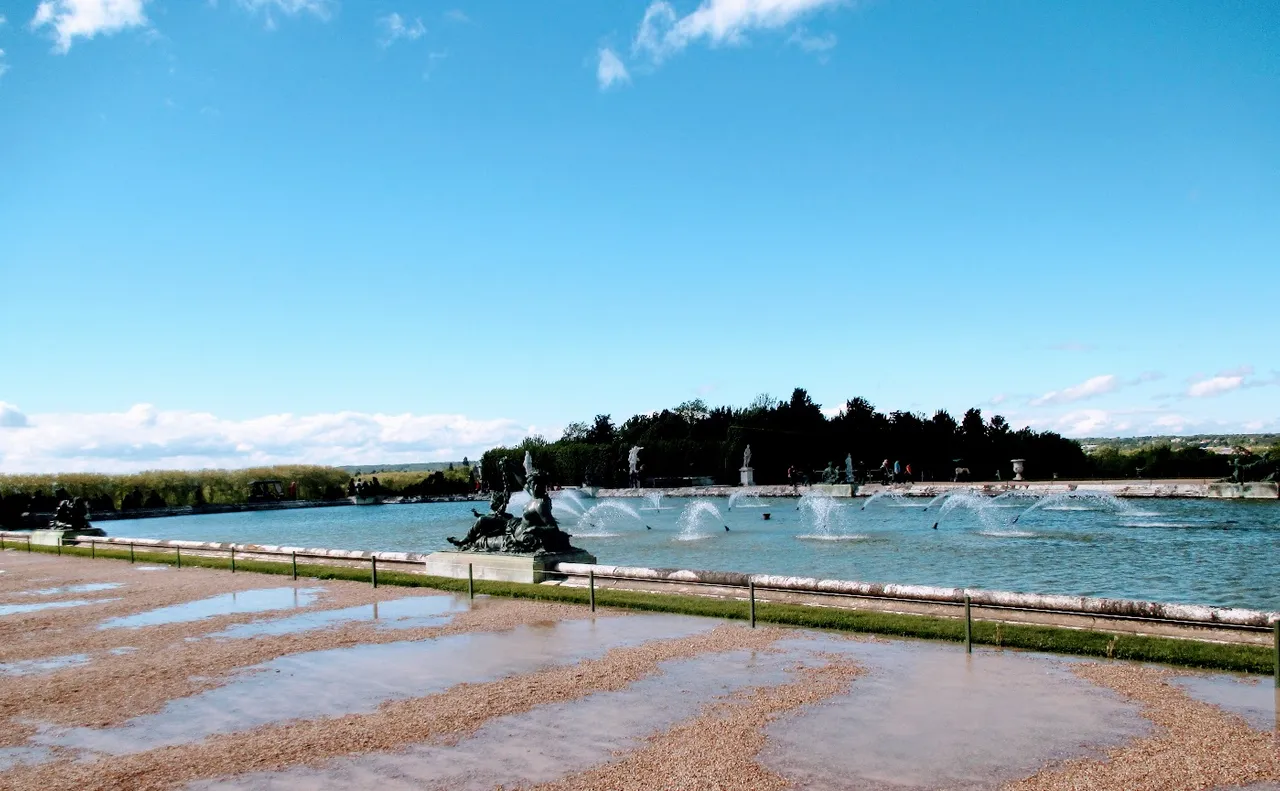
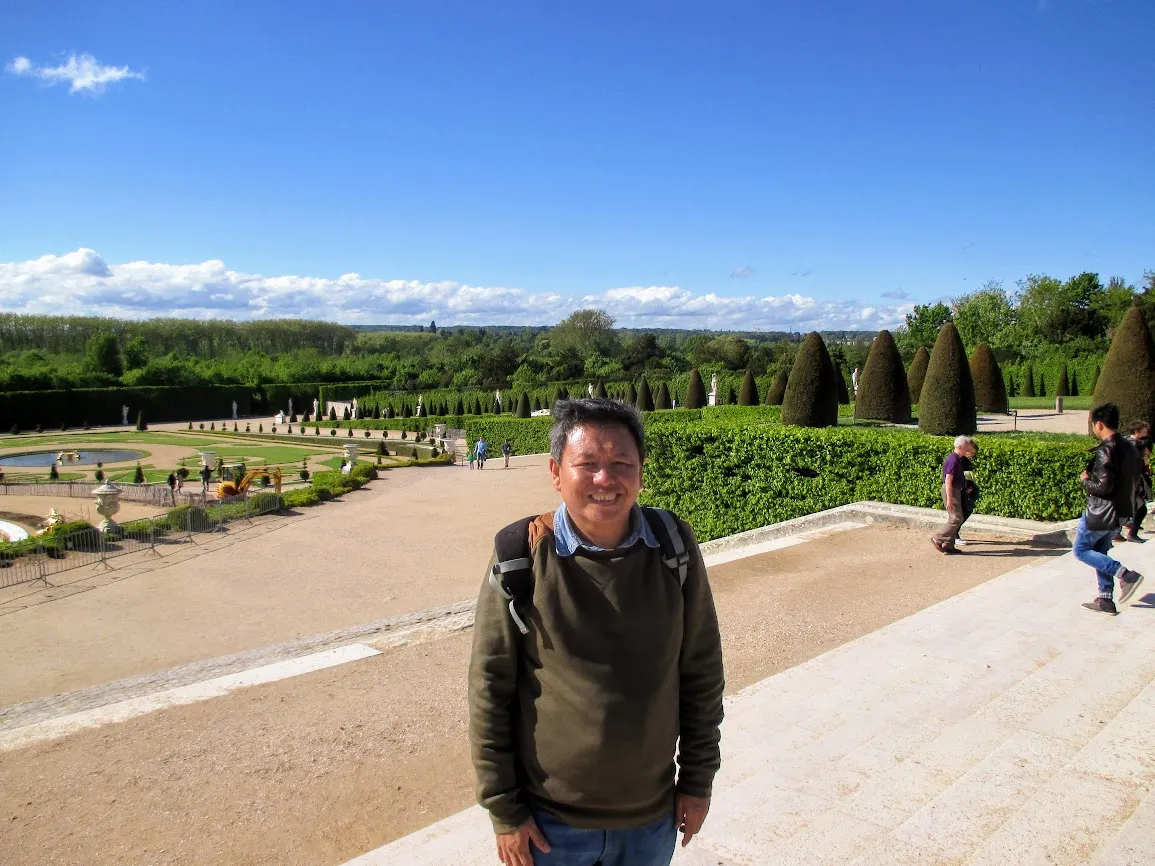
The French Revolution began in 1789 when the French people pushed to topple Louis XVI's absolute monarchy. The revolution had various causes, but one of the most prominent was the economic crisis that France was experiencing at the time, as well as the monarchy of Louis XVI and Marie Antoinette's excesses. The Palace of Versailles was significant because it symbolized the king and queen's excesses and failure as the French Revolution began. Both Louis XVI and Marie Antoinette were deposed and eventually beheaded.
As beautiful as the Versailles Palace and its estate maybe, it still stands as a grim reminder of what can happen if a government or regime choose to ignore the needs of its people.
Follow me and stay positive.
Do check out my previous posts.
My Trans-Siberian Railway Adventure Part 2: Views From A Train’s Window
BOW:That One Childhood Memory That Lives With Me
My Trans-Siberian Railway Adventure Part 3: Views From A Train’s Window
Seeing The Beauty Around Us And My Poem “Miracle Of A New Day
My Trans-Siberian Railway Adventure Part 4: From Moscow To St Petersburg
Sharing My Experience With Intermittent Fasting
Spreading positivity one post at a time.
Charles
Look me up at You Tube
Connect with me on Facebook

